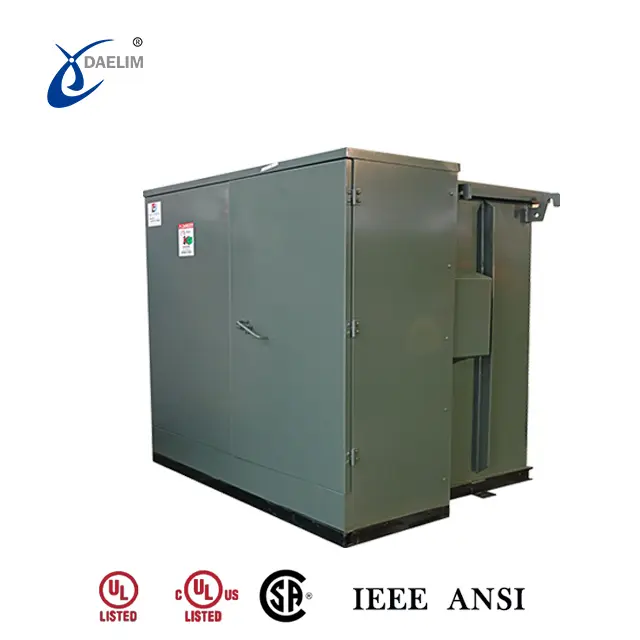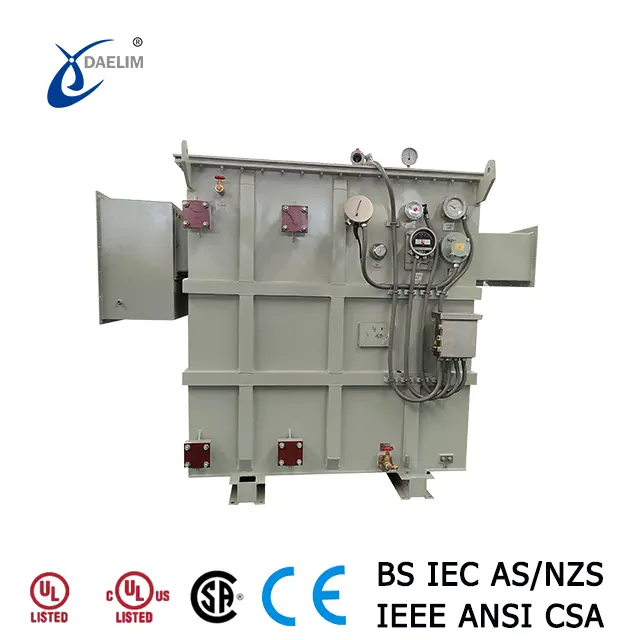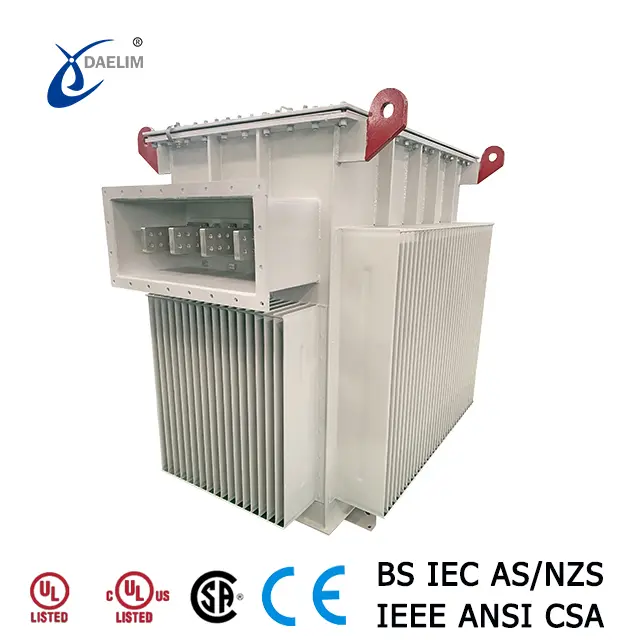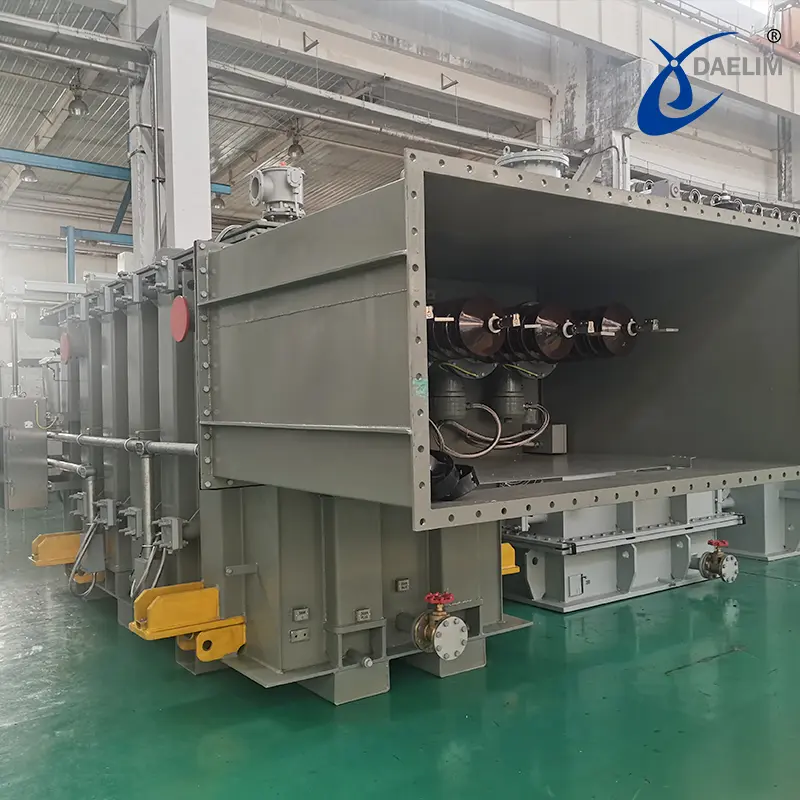What are the common transformer faults?
Common faults of transformers are mainly as follows:
Transformer Coil Faults
Transformer coil faults account for 72% of total transformer faults, indicating a highly prominent issue.
Transformer Core Overheating
Causes include multi-point grounding, short circuits between silicon steel segments, and zero-sequence magnetic flux leading to overheating of core clamps.
Overheating of the Coil Conductive Current Loop
Primarily due to poor contact of the tap changer and loose lead wire joints.
Transformer Bushing Failure
Includes issues such as capacitor core deterioration, moisture ingress, and joint heating.
On-Load Tap Changer Failure
Operational failures may include poor contact and component aging.
Cooler Failures
Issues such as oil seepage, air leakage, metal particles contamination, oil pump and fan mechanical failures.
Breathing Issues of the Oil Storage Cabinet
Malfunctions of the pressure release device and gas relay, and poor breathing of the oil storage cabinet capsule.
High-Voltage Reactor Specific Issues
Overheating of the core and clamps, coil insulation damage, and partial discharge occurrences.
Related Products
Related Article
Why Does Dry-Type Transformer Make Noise?
Noise in dry-type transformers is mainly caused by poor-quality silicon steel sheets, uneven installation sites, and high grid voltage increasing the core's magnetic density.
What happens if the transformer is overloaded?
Transformer overload results in increased power consumption, causing higher operating temperatures, insulation aging, and shortened lifespan. It can also harm connected electrical equipment. To maintain optimal performance and longevity, load should not exceed 15% of rated capacity in summer and 30% in winter.
Why does the transformer explode?
Transformer explosions are typically caused by factors such as internal short circuits, improper use and maintenance, overload, aging, manufacturing defects, lightning strikes, and load short circuits. Choosing high-quality transformers from reputable suppliers is crucial to minimize these risks.
Why does transformer require a balanced winding?
A balanced winding in transformers minimizes voltage differences between windings, reducing losses, controlling output voltage, and ensuring reliable operation.
Why are there pebbles under the transformer?
Pebbles beneath transformers serve multiple purposes: preventing fires and containing oil leaks, guiding oil drainage for easy collection and treatment, filtering impurities, aiding in thermal regulation, enhancing insulation and safety, dampening vibrations, and inhibiting weed growth. Contact Daelim Transformer for further inquiries.
Why should the transformer load not exceed 85%?
Optimizing transformer loading is critical to maximize efficiency and longevity. Loading above 85% can result in inefficiencies, while underloading wastes energy. Adhering to industry standards and providing spare capacity ensures stable operation despite demand fluctuations.






